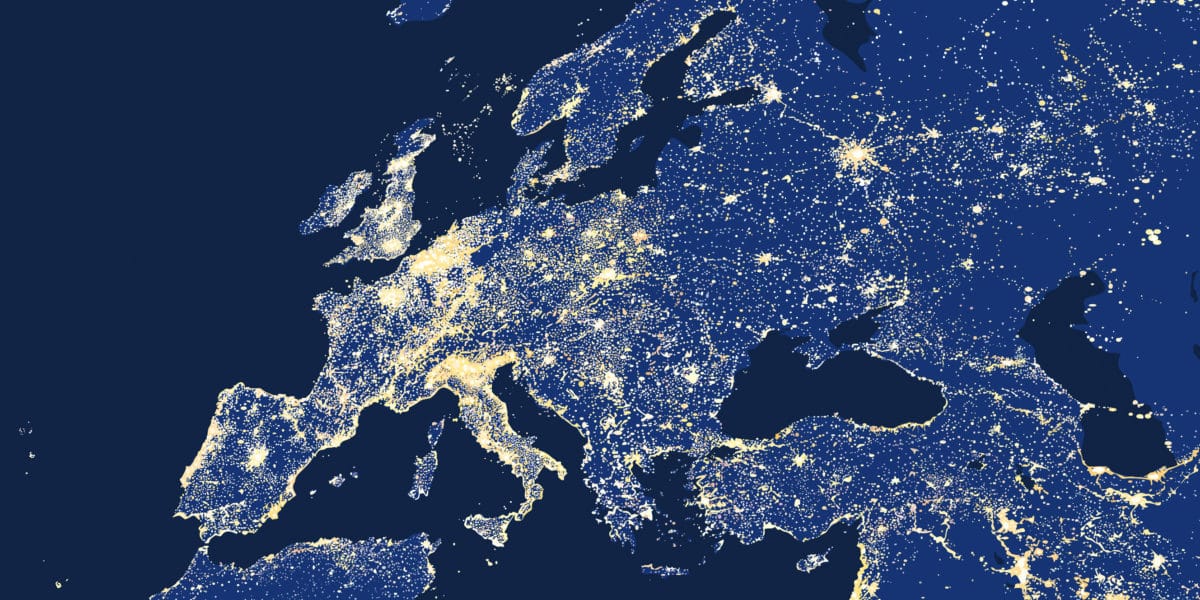On 8 January 2021, the Orthodox Christian countries in Southeast Europe enjoyed their Christmas festivities, and electricity consumption was low. Elsewhere in Europe, it was cold, and consumption peaked, so a lot of electricity was imported from Southeast Europe. Suddenly, the grid was divided in two.
“A Croatian substation became overloaded and disconnected from the grid. The overload spread along several power lines, and one substation after another went offline. The situation continued until all the connections between Southeast Europe and Northwest Europe were broken. The system just opened up like a zip,” says Frank Reyer, who chaired the panel of experts that investigated the disturbance.
The system worked as intended.
Everything happened in a matter of seconds, and the system worked as intended.
“If network elements are excessively overloaded, they are supposed to trip and go offline. Otherwise, they would break,” Reyer explains.
In one moment, Southeast Europe had too much energy, and Northwest Europe did not have enough.
“The frequency in the southeast increased, and operations accelerated in the network elements there. At the same time, the frequency in the northwestern parts of Europe decreased, and the system slowed down.”
The deviations from the normal frequencies were 600 millihertz in Southeast Europe and 200 millihertz in Northwest Europe.
“Southeast Europe is a smaller area, and it was a real emergency. The larger grid in Northwest Europe was better able to withstand the disturbance.”
Situation under control within 30 seconds
The situation was brought under control within half a minute. The amount of electricity generated in the southeastern part was reduced, and consumption was reduced on the other side of the separation by disconnecting some large industrial facilities with demand-side management commitments in France and Italy.
“In addition, almost 500 megawatts of energy was obtained from the Nordic countries.”
One hour later, the system was back to normal.
“Disturbances cannot always be avoided. The most important lesson to learn from this is that the pan-European integrated system works well. Support was available within seconds and TSO cooperation went well.”
Although the system proved resilient, Reyer says the continent cannot rest on its laurels.
“We must take even better care to ensure resilience by the future system design, as the electricity system will change fundamentally as we use more and more renewable energy sources.”






